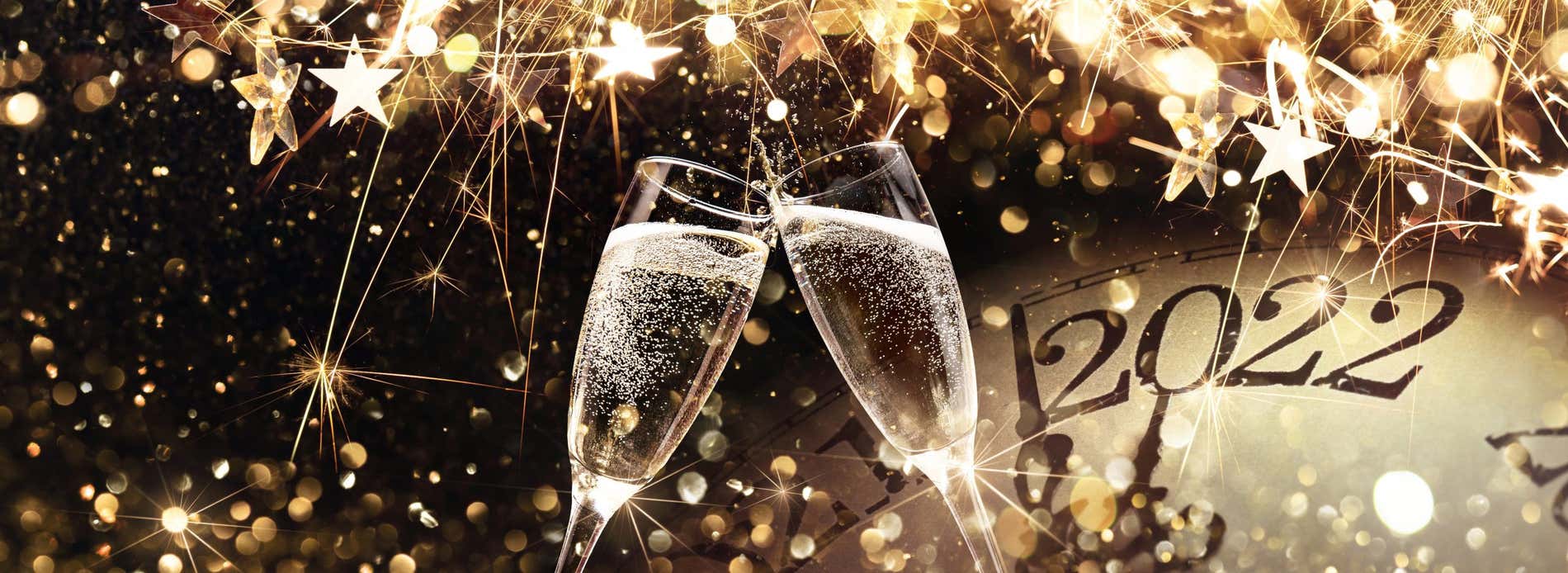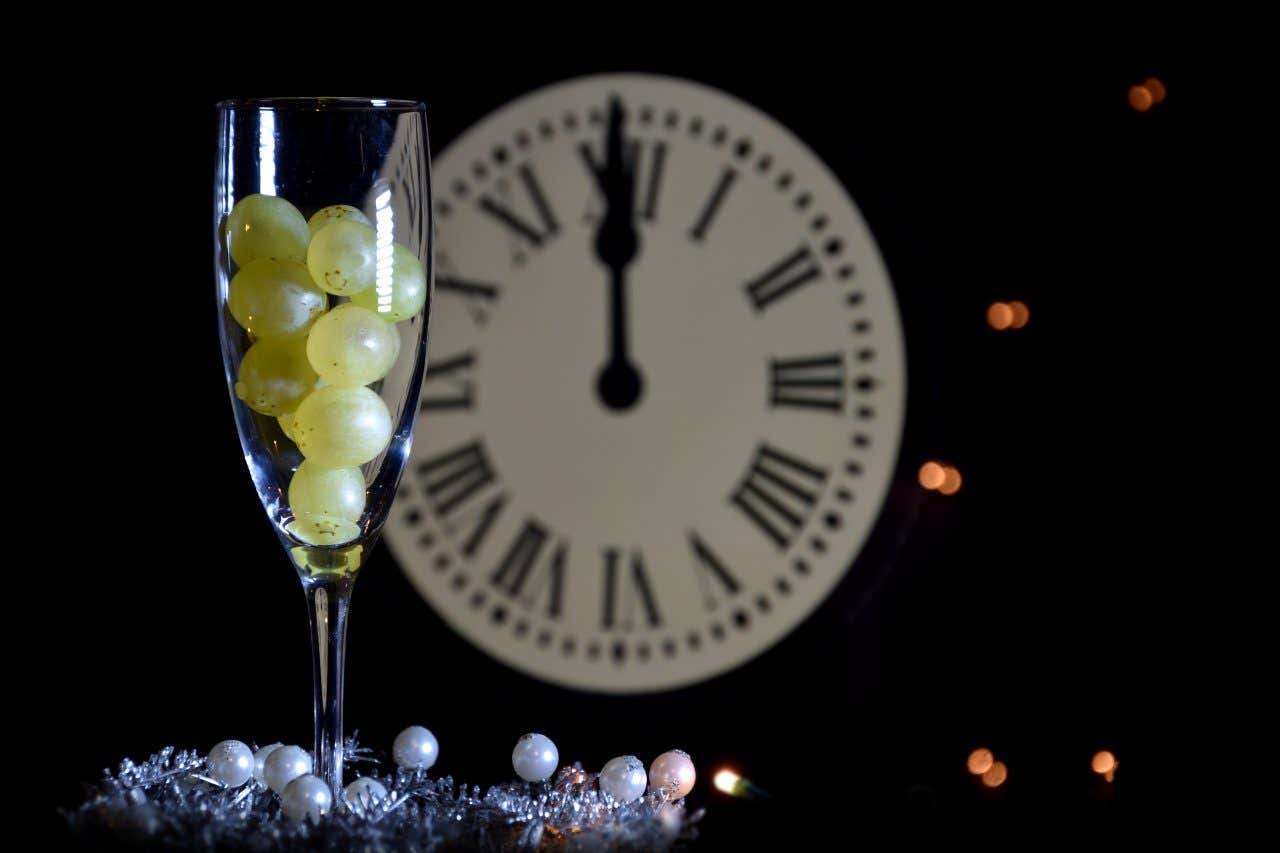New Year’s Eve Traditions Around the World

3, 2, 1… Happy New Year! New Year’s Eve is one of the most exciting dates of the year, and everyone’s got their own favourite way to welcome the new beginning.
Here at Civitatis, we’ve thought of some of our favourite New Year’s Eve traditions around the world. From Japan all the way to Denmark, join us on a journey through the different ways people around the world ring in the new year.
U.S.

The United States is an incredible country with a variety of different traditions, so it’ll come as no surprise that one of our favourite New Year’s Eve traditions hails from here! This tradition would be the annual ball drop that takes place in Times Square.
Since 1907, New York has seen a magnificent ball drop from a great height as thousands flock to Times Square to count down to the new year. Other than the wartime years of 1942 and 1943, this tradition has gone uninterrupted for over a century. While different versions of the ball have been used over the years, from a wrought iron ball to an LED crystal ball, this much-loved tradition is one of the most famous in the world.
Scotland

Get your party hats on! In Scotland, people celebrate Hogmanay, which is the Scots word for New Year’s Eve. On the night of Hogmanay, street parties with torchlight processions, fireworks and ceilidh dancing spring into action in lively cities like Edinburgh.
The Scots also partake in some unique New Year’s Eve traditions as part of their festivities, such as the first-footing. The first-footing refers to the first person to enter a friend or family member’s house after midnight, and they’ll usually bring a gift of shortbread, whisky or a black bun. Happy Hogmanay!
Spain

In Spain, people celebrating New Year’s Eve partake in an activity that’ll bring them good luck and fortune in the year to come. When the clock begins to strike midnight, Spaniards pop a grape into their mouths each time the bell tolls.
People have different ideas about how this fun custom came to be. Some say that it began in 1909, when winegrowers in Almería, Murcia and Alicante found themselves with an excess of white grapes. However, others will insist that it dates back to the late 1800s when a group of ordinary Madrid folk decided to poke fun at the upper class tendency to eat grapes and drink champagne.
Brazil

Another food-related custom takes place in Brazil, where people eat lentils during New Year’s Eve. The belief behind this tasty tradition is that lentils attract wealth and good fortune, which are definitely things you want to accompany you in the following year!
Once the clock strikes 12, Brazilians will grab their lentils and climb to a higher spot using a chair or a table. They’ll then eat seven bites of lentils before returning to the dinner table to enjoy the rest of the meal.
Colombia

One of Colombia’s New Year’s Eve traditions is another favourite of ours, as it’s all about travelling! On 31st December, many Colombians abide by a well-known superstition to do with their suitcases…
Lots of people take their suitcases out and about with them while running errands, or on a walk around the block at some point during the day. This is believed to guarantee lots of travelling and adventures in the year to come. We’ll say cheers to that!
Italy

If you’re after one of the more cathartic New Year’s Eve traditions, then you might want to head to Italy for 31st December. Across Italy, but especially in Naples, people throw furniture out of their windows on New Year’s Eve.
The idea behind this activity is that by throwing your old furniture onto the street, you’re welcoming a new start and banishing bad memories from the previous year. But don’t worry, today many people only hurl soft items down to the ground!
Denmark

Similar to Italy, Denmark also has a fantastic New Year’s Eve custom. In Denmark, people tend to smash plates on the doorsteps of their loved ones on New Year’s Eve.
This tradition, surprisingly, is a way of showing friendship and love to your nearest and dearest. By breaking a plate on someone’s doorstep, you’re wishing them lots of luck in the year to come! Don’t worry, people usually use plates that are already damaged or chipped!
Ecuador

If you take a trip to Ecuador for New Year’s Eve, get ready to see lots of fire! In Ecuador, people construct effigies of cultural icons such as politicians and famous fictional characters and then set fire to them. Many people will also fill their effigies with paper and old photographs.
As the paper maché effigies go up in flames, Ecuadorians say goodbye to painful memories and banish bad fortune. Some people will go a step further and jump on the fire 12 times, once for each month of the year.
Japan

In Japan, lots of people partake in the Joya-no-Kane New Year’s Eve tradition. Attendees can make their way to a temple, where a bell will be rung 107 times on December 31st and then once more at midnight on 1st January.
These 108 rings of the bell represent, according to Buddhist teachings, our worldly desires. Once the bell has been struck for the 108th time, you’ll be cleansed of your troubles. There are lots of places where visitors can observe this tradition, such as the temples in Tokyo that welcome visitors on New Year’s Eve.
Philippines

For many in the Philippines, round symbols represent luck. Therefore, lots of people seek out round objects on New Year’s Eve as good luck charms for the new year.
Popular examples of round objects will be polka dots on clothing, setting out lots of circular fruits on the table and even putting lots of coins in your pocket. By welcoming objects with this shape into your home on New Year’s Eve, you can bring luck and good fortune into your household.
From all of us here at Civitatis, we’d like to wish you a happy new year, wherever you are!






